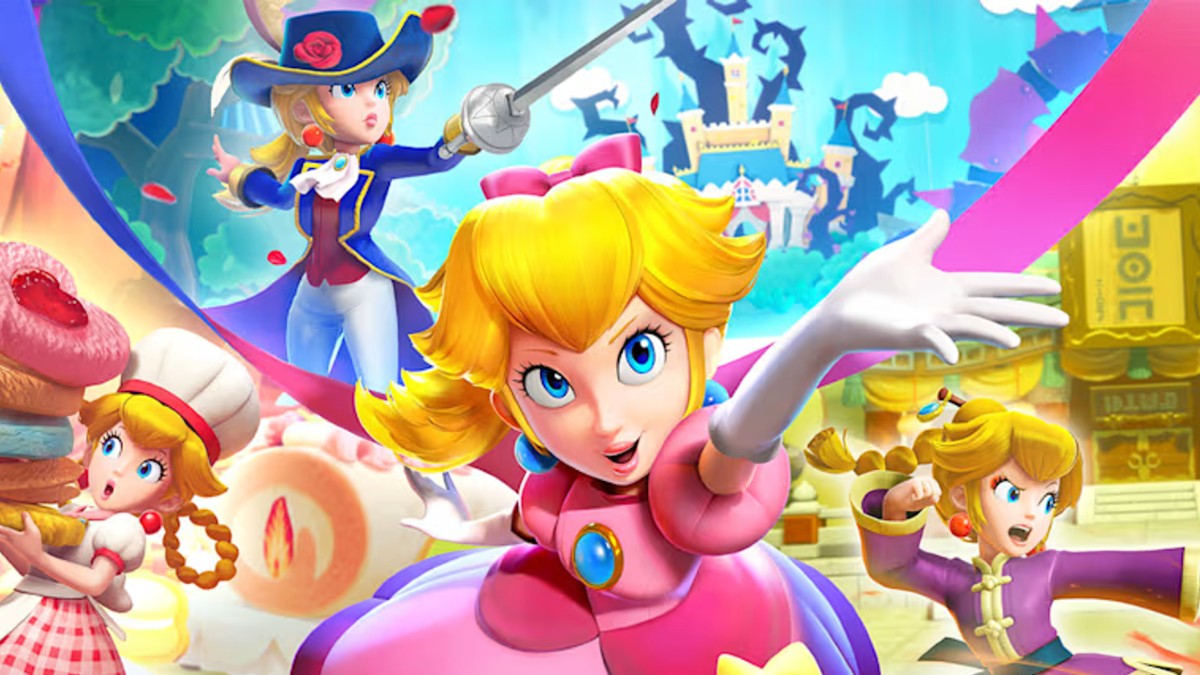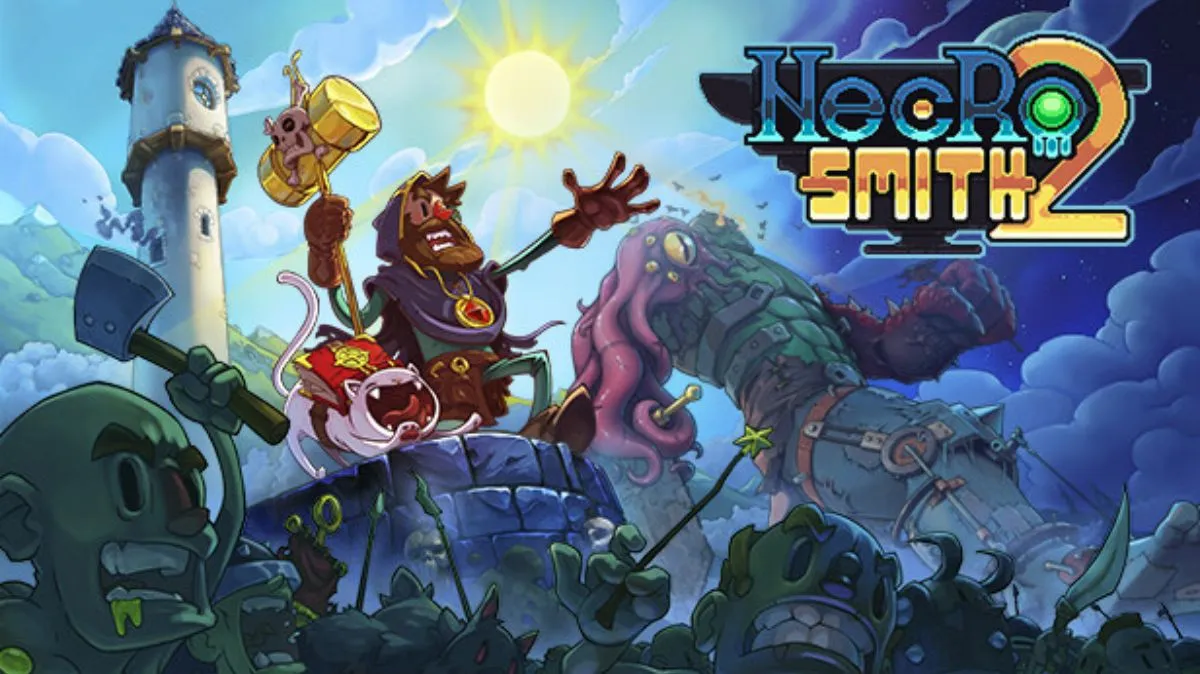Ok, I’m a pretty big fan of Magic. I played back when it was released in 1993, and had a sizeable collection before I sold it to a friend for $200 when I went away to college. This year, after reviewing the PC version of Duels of the Planeswalkers, I took a chance and bought some boosters. I mentioned my new fascination to some people at work, and the addicts came out of the shadows. “Yeah, I have over 1000 cards.” We started playing regularly and my Magic habit blossomed into a beautiful Black Lotus.
My story isn’t unique. Paul Levy, the Brand Manager at the company that prints money … er, Magic cards, Wizards of the Coast, told me that he noticed a huge bump in popularity of the card game since Duels of the Planeswalkers was playable. Wizards realized that there must be a huge crossover between fans of videogames and its flagship card game so the initiative came down to foster more development of Magic-themed games.
Enter Sony Online Entertainment. President John Smedley, a tall burly man with a talent for rock and roll karaoke and designing online games, plays a lot of Magic, both face-to-face and on Wizards’ Magic the Gathering Online. In addition to the big name MMOs like EverQuest and Star Wars Galaxies, SOE also has extensive experience in crafting collectible card games that exist only in the bits of a computer. SOE acquired Worlds Apart Productions (The Lord of the Rings Trading Card Game) in 2006, renamed it SOE Denver, and put the collective years of expertise creating card games to work. A few of the games that have come out of Denver are based on the existing IP and licenses and do quite well for SOE; Smedley told me that if the Legends of Norrath computer CCG based on EverQuest were a paper card game, it would be the 4th highest grossing such game in the world.
Big companies always speak to each other about sharing IPs or working together, but talks between SOE and Wizards coalesced into the concept for a game that would blend the collectible virtual economy aspect of Magic, the tropes and story of the Magic universe and a tactical videogame. Wouldn’t it be cool if the combat of the Magic card game wasn’t the abstraction of creatures dealing damage simultaneously on nether-battlefield, but was actually fought on a grid using three dimensions and tactical rules? Why yes, yes it would. The 40 staff-members at SOE Denver have been spending the last 18 months making it a reality.
I played Magic the Gathering Tactics (MTGT) a couple of times over the past year at various events, but it wasn’t until SOE flew me out to Denver that I was able to get my hands on the full game. It plays on a grid similar to games like Final Fantasy Tactics, and uses many of the spells and tropes of the Magic card game, but with a little tweaking. Cards are called spells and decks are spellbooks. There is no land that you use to generate mana in Magic, instead, each turn, you gain a random color of mana based on the color of spells in your deck and auto-draw another spell. Like Magic, though, you can hold a hand of up to 7 spells picked randomly from your spellbook, but it is called a cast bar.
When you download the free-to-play game and boot it up, you choose what kind of Planeswalker you are, and what color of mana you identify with most. That gives you a starter deck of 40 spells filled with figures and spells that you can cast. You as the Planeswalker appear on a grid and summon creatures to fight for you, and you are pit against another spellcaster who summons his own servants. Each creature you summon has specific abilities that feel similar to Magic but are slightly adapted to the 3D tactics environment. Flying creatures can only be attacked by other fliers or ranged attacks, while Vigilance prevents defending creatures from counterattacking. Because flanking confers an automatic critical hit doing double damage, commanding your creatures is a challenging tactical puzzle. Each creature, or figure, as they are called in the game, has a zone of control around which prevents movement around it, and this becomes important for maneuvering around the large figures which take up 4 squares on the grid.
The interface in the beta has been streamlined even since I played MTGT in Denver, but it still takes a bit of getting used to if you are familiar with the card game. On the left is an initiative board that displays when the next creature or spellcaster will act, which is really helpful. Even though the nameplates hovering over each creature can get a little busy, SOE has generally done a good job of only showing relevant information while hiding more details a click or two away. Clicking on any spell brings up a card that shows all of the figure’s statistics or tells you what the spell does. By clicking on the opposing player, for example, you will learn what spells he has cast in the battle so far in order to predict what kind of spellbook he has or whether to expect another Giant Growth.
The rules for combat are a little different than Magic. In order to build up play over time, each turn you generate 1 additional mana. So on the first turn, you will generate 1 mana, while on turn five you will generate 5. You can save mana up so that you have more for the next turn to cast that big devastating spell. Spellbooks with more than one color of spells in them will determine what kind of mana is generated. If you have 60 percent blue spells and 30 percent black, you have a 2 in 3 chance of generating a blue mana. It sounds radically different, but it basically plays out like a Magic game except you can never be mana-starved. Which is a good thing.
When a figure attacks, it deals damage equal to its attack power, but unless that kills the defender outright, it gets smacked back in return. You can conceivably kill your own creature by attacking a bigger baddie. That makes abilities like First Strike (counterattacking occurs before the attacking damage is dealt) and Vigilance (no counterattack against attacking creature) super important, as well as spells like Fear, which prevents counterattacks from non-black creatures. Toughness is persistent, in that damage dealt in one turn stays on a figure until it is killed or healed by another spell or ability. Flying creatures can only be attacked by other fliers (or those with Reach and Ranged attackers) but they also have the ability to move over obstacles. All of these changes make for tactical battles that are fresh but still feel based in the Magic universe.
One change that seems unnecessary at first is that all of the numbers that are the basis of the card game now have an extra zero next to them: Each Planeswalker has 200 life, and cards like the Lord of the Pit have 70/70. Lead Designer Mark Tuttle said that he did that because it’s more satisfying for players to deal bigger numbers of damage, which I’m not sure I agree with, but it does make the math a little easier because some modifiers multiply damage by one half or 1.5 times and that would force the use of decimals with smaller numbers.
Where the UI really shines is in the spellbook building mode. Like Magic, you can assemble a spellbook from any spell you possess but you can only have 4 copies of each kind of spell. Spellbooks have a minimum requirement of 40 spells, and not worrying about land means you can concentrate on the combinations that you want to throw at your opponent. The UI has so many metrics to help you build the perfect spellbook, including pie charts of color distribution and bar graphs telling you the casting cost of your spells. The kind of Magic player that geeks out over spreadsheets, formulas and mana-generation ratios will have plenty of information available in MTGT.
The economy and balance of MTGT is where the game will succeed or fail, and SOE is well aware of this fact. The game is free to play, but you can purchase boosters of 10 spells for 4 bucks. The boosters work like Magic cards; you will get a single rare and a couple uncommon with mostly common spells. SOE is playing around with the pricing so that $4 (or 399 Station cash or whatever it’s called) is subject to change, but there is something awesome about hearing that deliciously satisfying crinkly sound when you open a virtual booster pack. Campaigns will also cost money ($5) and depending on the popularity, SOE will continue to support the game with additional storylines, complete with rewards.
You can buy and sell individual spells on the Auctionhouse. Again, Sony is really trying to figure out how to best set this up, but players will be able to place a spell on the market for a specific price. There will be no bidding, another player can choose to buy the spell at the price you set or not. Obviously, rare spells will garner more value than commons, but it will be up to the marketplace to determine prices. The question is whether smaller denominations of money will be possible; one problem from Magic the Gathering Online is that the smallest form of currency available is equal to $1 in value so that means that the common spell market was virtually non-existent. SOE is trying to avoid that problem.
The single player campaign features chapters of 5 missions each and tells a brief story, but then present you with a set challenge and objective. The missions usually do more than just force you to kill everything, in some battles you need to activate objects on the grid, say, to send a huge ass demon back to the hell from which he came. Not only are the campaigns the best way to get used to the interface and the rules changes, playing through them is also a good way to test out new spells books before entering the fray versus real human opponents.
Competitive multiplayer battles are the focus of MTGT with one-on-one matchmaking, draft and bracket type tournaments. There will be a fee for joining draft tournaments, but you will also get to keep the spells you draft so even if you lose you will get something. SOE promises that there will always be tournaments running and that they will be set to go as soon as the requisite number of players has joined. The community team will even set parameters for competitions, such as the player who wins the most matches with a red spellbook or only flying creatures.
From what I’ve see, Magic the Gathering Tactics plays just like you might expect. Expert players with access to a lot of spells will easily outplay noobs with starter decks, but it’s tons of fun to play. There are enough nods for Magic players, with classics like the Shivan Dragon and Prodigal Pyromancer, and the tactical turn-based combat exercises your brain. It will be interesting to see whether SOE will perfect the economics so that this free-to-play game will resonate with Magic players, collectors, and tactical wargamers alike.
Greg Tito casts Pyroclasm, bitches.



